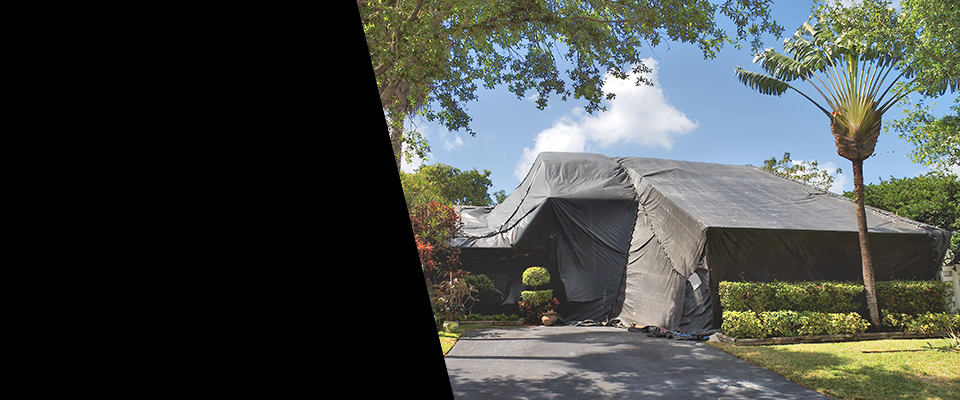Pest Control and 24 Hour Emergency Exterminators
For expert termite, bed bug, and pest control, many homeowners, property managers, and business owners have come to know and rely on Pro Solutions Pest Control , where only the pest get a bad deal.
“We believe in thorough services using the latest treatment techniques for our clients. We are knowledgeable with all facets of the exterminating business. After using our services, rest assure your pest problem will be a thing of the past.”
Preventative Pest Control to Emergency Extermination
We offer 24 hour pest control services with a team of highly trained technicians who know how to handle all types of pests quickly and effectively without harming your family or pets in any way. We guarantee that your home is going to have no pest infestation such as rodents, ants, mosquitoes, and spiders lurking inside it when we’re done.
Our pest control service is there for commercial properties, offices, and homes. We’re there any time of the day or any day of the year.
Pests can be a serious problem for homeowners. They cause health problems, damage property, and attract other pests. They also make homes unlivable by most people’s standards.
Most pest control companies are slow to respond and use outdated techniques that don’t always work well or last long enough to solve the problem.
Call us today to schedule an appointment with one of our professionals!
Common Pests We Can Handle for You
- Termites
- Bed bugs
- Mice
- Cockroaches
- Fleas
- Ants
Our Complete Range of Services
Of course, 24 hour pest control doesn’t just work on a handful of animals. To be the best in the industry, we offer services for your home or any building. Anyone can get rid of a few mice, but we handle the tough pest infestations that no one else can.
We provide pest control options when you require us, no matter what time it is. When you spot the signs of an infestation in your house, call us to eradicate the pest. Our experts have the right equipment and knowledge to take care of your property and protect it with the right treatment options.
We offer 24 hour pest removal services to those in the area. Don’t delay! Get started and call us today! These include:
- Termites
- Bed Bugs
- Mosquitoes
- Ants
- Spiders
- Scorpions
- Cockroaches
- Crickets
- Flies
- Ticks
- Fleas
- Outdoor Pests
- Bees
- Wasps
- Hornets
- Yellow Jackets


